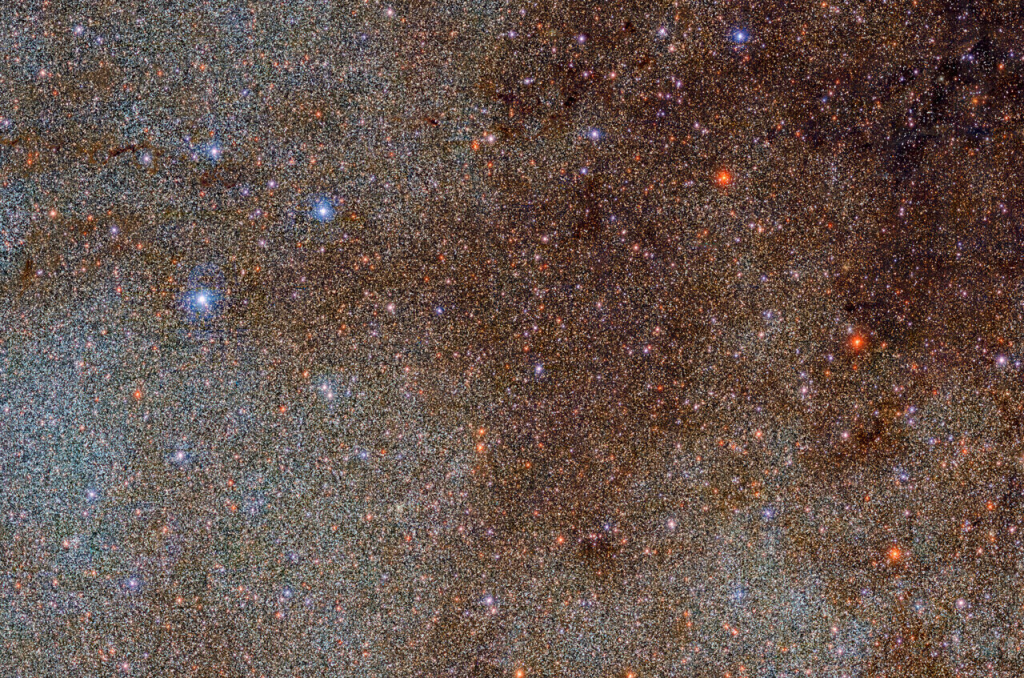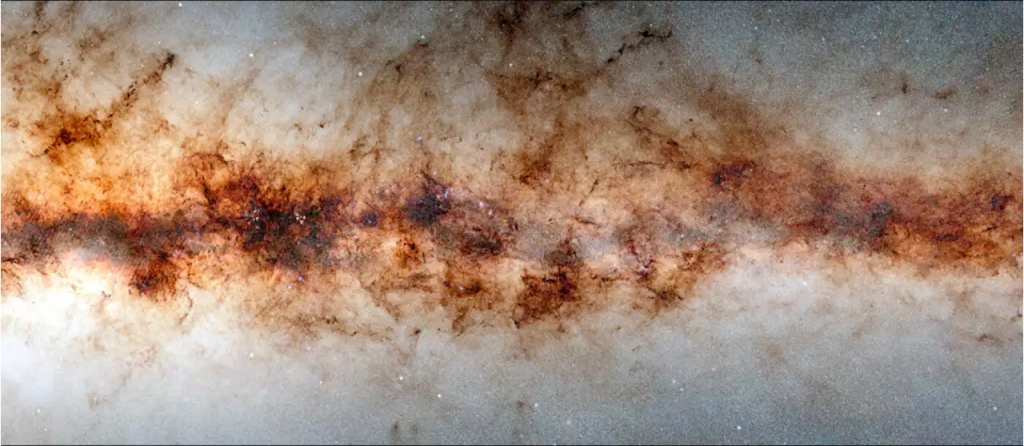The Milky Way’s most extensive examination took two years to finish, but it was well worth the wait. We may now all gaze in awe as we discover new intricacies in every pixel of the gigantic image.
On Wednesday, astronomers released the second dataset of the Dark Energy Camera Plane Survey, which contains more than ten terabytes of data from 21,400 images, covering 13,000 times the area of the full Moon, and identifies an unknown number of newly discovered stars, nebulae, and dark clouds of dust and gas.
“This is quite a technical feat. Imagine a group photo of over three billion people, and every single individual is recognizable,” said Debra Fischer, division director of Astronomical Sciences at the National Science Foundation (NSF). “Astronomers will be poring over this detailed portrait of more than three billion stars in the Milky Way for decades to come.
The image was captured by the NSF’s NOIRLab’s Vctor M. Blanco 4-meter Telescope at Cerro Tololo Inter-American Observatory (CTIO) in Chile.
The clear image of the galaxy’s busiest region was obtained by viewing at near-infrared wavelengths, allowing scientists to detect fainter stars and gaze right through dust clouds. That is critical to the James Webb Space Telescope’s (JWST) success.

“We simply pointed at a region with an extraordinarily high density of stars and were careful about identifying sources that appear nearly on top of each other,” said Andrew Saydjari, a graduate student at Harvard University, a researcher at the Center for Astrophysics, Harvard & Smithsonian and lead author of the paper published today in the Astrophysical Journal Supplement. “Doing so allowed us to produce the largest such catalog ever from a single camera, in terms of the number of objects observed.”
The image is being integrated with pictures from other survey telescopes, including PanSTARRS 1, to create a 360-degree panoramic view of the Milky Way’s disc.

“With this new survey, we can map the three-dimensional structure of the Milky Way’s stars and dust in unprecedented detail,” said Edward Schlafly, a researcher at the AURA-managed Space Telescope Science Institute and a co-author of the paper.


